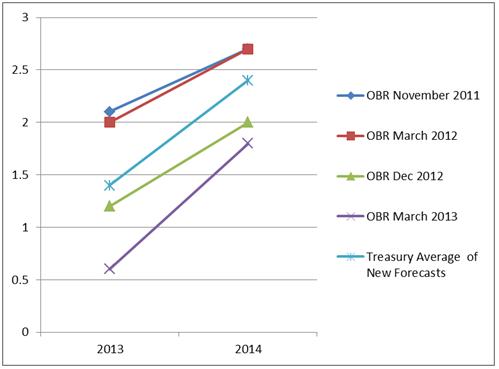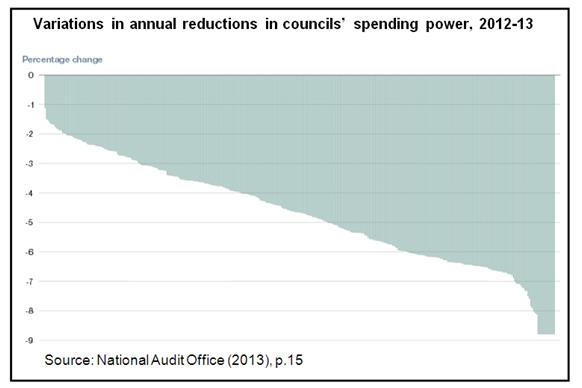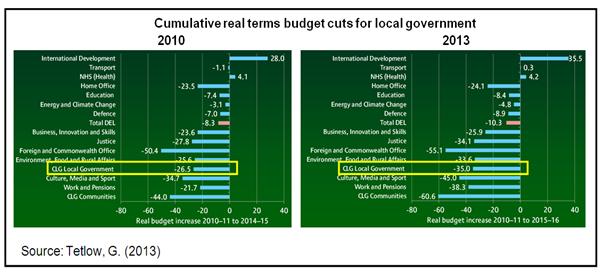Walter T. de Vries
Local governments are increasingly making use of internet-based applications and social media to provide services and to interact with citizens. As these applications can operate on smart phones, it is possible for any citizen to upload their wishes and complaints directly. Some of these applications use digital maps, such as google maps, which makes it possible for citizens to upload a report on a specific location and to see if their contribution has been dealt with. In addition, the reports allow local governments to visualize and analyze spatial patterns of citizens’ contributions. This can be used by governments to verify where problems occur regularly, and by citizens to follow up on where a local government is actively addressing their problems.
Are these applications however really helping local governments? At first one would say: yes, they are. Ideally the uptake of mapping applications and the cheap acquisition of data would make local government more efficient in cost and time and more effective in acting on reported problems . Our recent article in Local Government studies, The Contradictory Effects in Efficiency and Citizens Participation when Employing Geo-ICT Apps within Local Government , evaluates to which extent this is true. Do citizens really voluntarily contribute to such systems, and is it really useful for local governments?
The study relies on the usage of the mobile application called the “verbeterdebuurt” (http://www.verbeterdebuurt.nl ) (a Dutch term and application which translates as “improve my neighborhood”), in Enschede (a city of nearly 160,000 inhabitants in the east of the Netherlands). The application which relies on ‘voluntary’ contributions of citizens compliments a centralized internal system used at the municipality to handle reports on public space, such as complaints about maintenance of city roads, greenery, street and traffic lights, waste and sewerage, amongst others. By law, the Enschede local government has a responsibility to act on the reported problems within a defined deadline. In order to act appropriately, it is however crucial to obtain relevant information about the type and location of the problem.
Statistics of the past year reveal that in Enschede many people discovered the website and are increasingly uploading reports through the mobile app. One could conclude that this provides clear evidence that such mapping applications can help local governments in locating and addressing problems. However, the mapping facility is not decreasing the number of problems nor is it increasing the quality of the reports. On the contrary, numbers have increased rapidly and the quality varies considerably. The key question is why. When evaluating the reports more closely, there is a greater portion of trivial complaints, such as litter which could be easily picked up by the one who reported the problem. Furthermore, the facility also created opportunities for a kind of opportunistic behavior. A number of private construction companies started to frequently report problems that only they themselves could solve. The intentions of the technical design were thus overshadowed by unexpected consequences.
In sum, there is more work to do for developers of mapping applications, before local governments can increase their efficiency and effectiveness in the management of public space. Countering unintended behavior requires further attention before achieving more transparency and accountability of local governments.
 Walter Timo de Vries ([email protected]) is Assistant Professor, land information governance and organization; and course coordinator, land administration, at the Faculty of Geo-Information Science and Earth Observation of the University of Twente in Enschede, the Netherlands. Walter researches how, why and when agencies cooperate and coordinate to align (geo-)ICT and (geo-)information services within the public sector.
Walter Timo de Vries ([email protected]) is Assistant Professor, land information governance and organization; and course coordinator, land administration, at the Faculty of Geo-Information Science and Earth Observation of the University of Twente in Enschede, the Netherlands. Walter researches how, why and when agencies cooperate and coordinate to align (geo-)ICT and (geo-)information services within the public sector.



